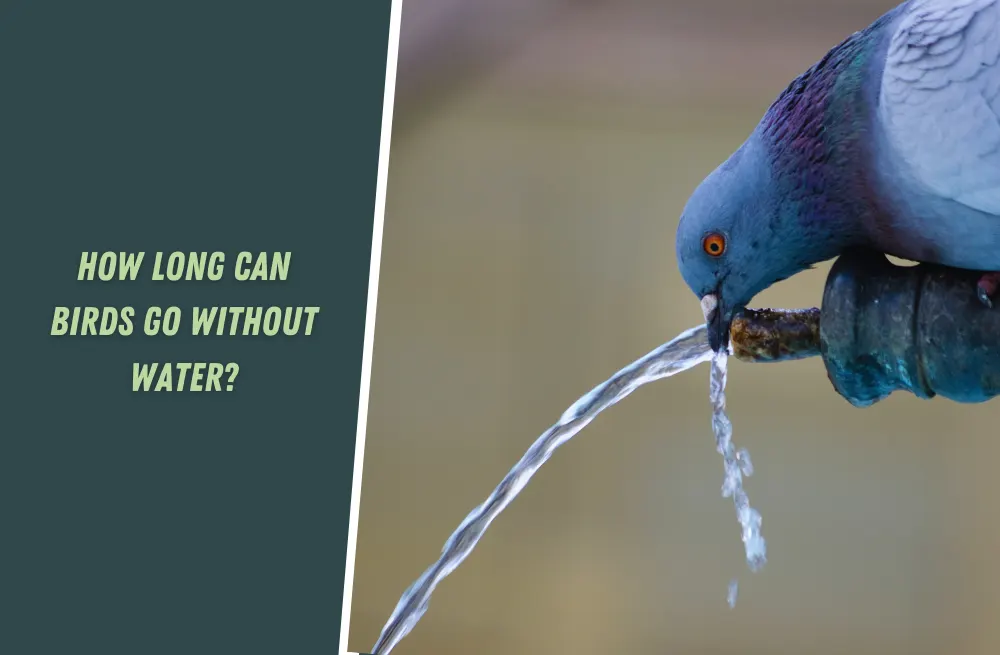As pet owners, we all want our cats to live long and healthy lives. Unfortunately, many factors can affect their life expectancy. Domestic cats typically live between 15 and 20 years, but this can vary depending on various factors.
Some of the things that can directly impact a cat’s life expectancy include exposure to diseases and dangers of an outdoor life, spaying/neutering, vaccinations, affection, and entertainment.
In this article, we will discuss all the aspects of quality of life that can positively affect your feline friend’s life expectancy, and how to achieve them even if you have limited space.
How Long Does a Domestic Cat Actually Live?
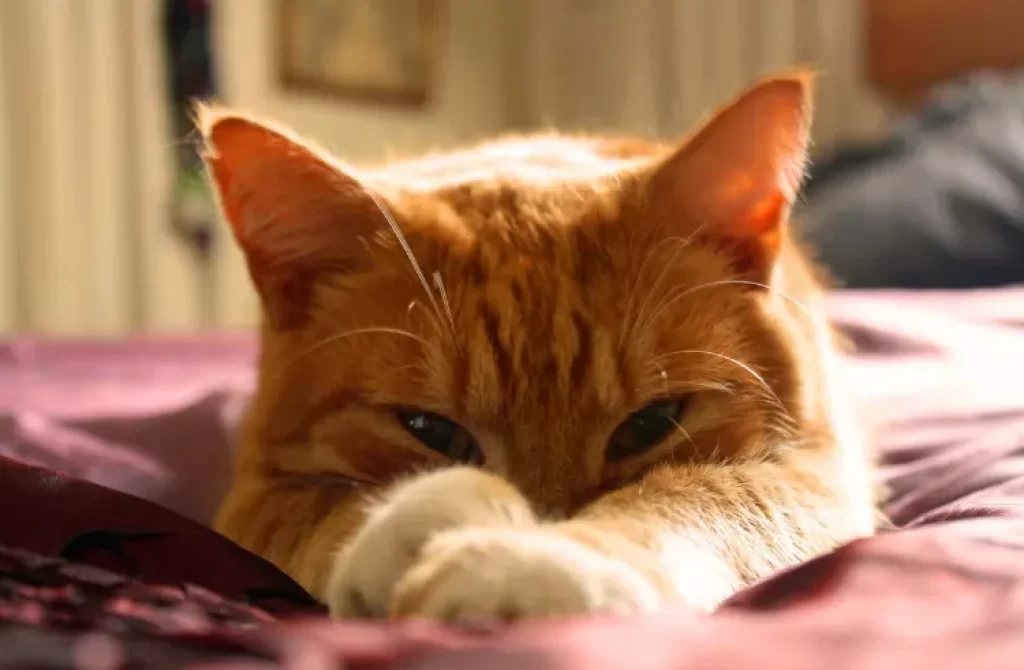
In the world of domestic cats, breed can play a significant role in determining a cat’s lifespan. While some breeds are known to live longer than others, there are also several factors that contribute to the low life expectancy of street cats.
By understanding these factors, you can take steps to help improve the lives of street cats in your community and provide your own cat with the best possible care to extend their lifespan. Let’s dive into the details.
Pedigreed cats
Luxury and magnificence are synonymous with the Persian cat. With its long, majestic coat, flat nose, and tranquil demeanor, it’s no wonder this breed is a favorite among cat enthusiasts. Their average lifespan ranges from 10 to 17 years.
On the other hand, the Siamese cat’s striking features include large blue eyes, light-colored fur with dark extremities, and an elegant coat. These feline friends have an average lifespan of 15 to 20 years.
Then there are the Sphynx cats, known for their hairless bodies, large eyes, and ears. Despite their lack of fur, they still exude personality and charm. Their lifespan averages around 14 years.
While this list presents some of the most popular cat breeds, it’s important to note that factors influencing domesticated cats’ lifespan have less to do with their breed and more to do with their lifestyle.
Street cats
Street cats are often exposed to many risky situations that wear down their health and compromise their quality of life.
The life expectancy of a cat that lives on the streets is short, between 5 and 7 years. Some of the risks that can reduce a street cat’s life expectancy include dog attacks, potential fights with other cats (especially if they are not neutered), getting hit by a car, poisoning, contracting infectious diseases such as FIV and FELV, human cruelty, traps, parasites, and worms.
Regardless of the external environment (urban or rural), they will always be dangerous for cats. In addition to the great risks present in nature, there is also human cruelty that is present everywhere.
Mixed breed cats
The domestic short-hair, also known as the mixed breed cat, is a unique and ancient species that is a result of breeding with different breeds, resulting in a variety of colors, fur types, sizes, shapes, and appearances.
Due to their mixed breed nature, it’s difficult to accurately determine their temperament, behavior, and life expectancy conditions. However, they are generally known to be loving and healthy.
It’s important to note that a cat’s breed has little impact on its life expectancy as the variation between breeds is minimal.
What really matters is the quality of life, comfort, and safety that the cat is provided. Therefore, a mixed breed cat raised in favorable conditions can live for approximately 20 years.
Popular Breeds
Below are some of the most popular cat breeds along with their average lifespans:
- Persian: 10 to 17 years
- Siamese: 12 to 20 years
- Calico: 12 to 15 years
- Abyssinian: 9 to 15 years
- British Shorthair: 12 to 17 years
- Devon Rex: 9 to 15 years
- Egyptian Mau: 13 to 16 years
- Bengal: 14 to 16 years
- Burmese: 16 to 18 years
- Savannah: 12 to 20 years
- Ragdoll: 15 to 18 years
- Himalayan: 9 to 15 years
- Norwegian Forest Cat: 12 to 16 years
- Scottish Fold: 11 to 14 years
- Siberian: 12 to 15 years
- Somali: 12 to 16 years
- Russian Blue: 15 to 20 years
- American Shorthair: 15 to 20 years
- Sphynx: 10 to 15 years
- Manx: 8 to 14 years
- Maine Coon: 10 to 13 years
- Munchkin: 12 to 15 years
Cat age chart
| Cat Age | Human Years |
|---|---|
| 1 month | 6 months |
| 3 months | 4 years |
| 6 months | 8 years |
| 1 year | 15 years |
| 2 years | 24 years |
| 3 years | 28 years |
| 4 years | 32 years |
| 5 years | 36 years |
| 6 years | 40 years |
| 7 years | 44 years |
| 8 years | 48 years |
| 9 years | 52 years |
| 10 years | 56 years |
| 11 years | 60 years |
| 12 years | 64 years |
| 13 years | 68 years |
| 14 years | 72 years |
| 15 years | 76 years |
| 16 years | 80 years |
| 17 years | 84 years |
| 18 years | 88 years |
| 19 years | 92 years |
| 20 years | 96 years |
What factors influence the average lifespan of a cat?
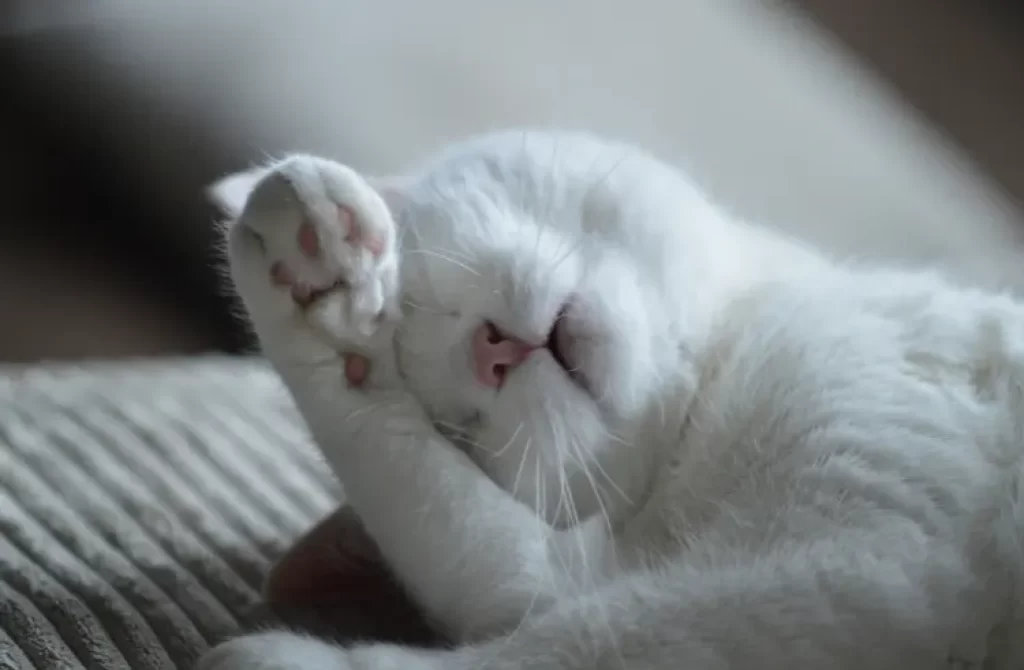
As cats age, it’s important to consider the factors that can affect their longevity. Some of the key factors that influence a cat’s lifespan include genetics, diet, exercise, veterinary care, and environmental factors.
Genetics play a role in a cat’s overall health and lifespan, as certain breeds may be predisposed to certain health conditions.
Diet also plays a crucial role in a cat’s lifespan, as proper nutrition can help prevent obesity and related health issues. Regular exercise is important to keep cats physically fit and mentally stimulated.
Regular veterinary care, including vaccinations and routine check-ups, is essential to maintaining a cat’s health and detecting any potential health issues early on.
Environmental factors, such as exposure to toxins or hazardous substances, also need to be considered when it comes to a cat’s lifespan.
In the case of an elderly gray cat, it’s particularly important to provide them with proper care and attention to ensure they have the best quality of life possible in their later years.
This can include providing comfortable living arrangements, regular veterinary check-ups, a healthy diet, and plenty of mental stimulation to keep their minds active.
Safe and comfortable environment
Providing a safe and comfortable environment is essential in preserving the life and health of your feline friend, as mentioned before.
Keeping your cat indoors protects them from the numerous dangers that the outside world can pose.
However, your cat still needs stimulation to expend energy, have fun, and create a cozy environment. After all, the happiness and satisfaction of your pet matter too.
To make the environment as safe and comfortable as possible, it is recommended that cat owners provide constant stimulation by offering toys, scratching posts, cat houses, and other elements that entertain the animal, regulate stress, and encourage exercise.
In addition, it is important to ensure that the indoor environment is free of potential hazards such as poisonous plants, electrical cords, and other dangerous objects.
Creating a designated space for your cat can also help provide a sense of security and comfort. This can include a cozy bed, a cat tree or perch, and a litter box in a quiet and accessible location.
Overall, providing a safe and stimulating environment for your cat can not only increase their life expectancy but also improve their overall quality of life.
Proper nutrition
Proper nutrition is essential for the overall health and well-being of cats. It is important to understand that different cat breeds may have different nutritional requirements.
For instance, some breeds may require more protein or fewer carbohydrates in their diets, and others may require specific types of food, such as hypoallergenic or high-fiber food.
Therefore, it is important to consult with a veterinarian to provide appropriate dietary advice for your cat’s specific needs.
In addition to feeding your cat a well-balanced diet, providing clean drinking water is crucial for your cat’s health.
Water is essential for maintaining your cat’s bodily functions and hydration, and it helps flush out toxins and waste from their system.
Indoor cats have the advantage of having access to clean drinking water at all times, but it is important to ensure that the water bowl is washed and refilled frequently to maintain its cleanliness and freshness.
To encourage your cat to drink more water, you can also try using a cat water fountain or a water filter that removes impurities and improves the taste of the water.
Cat water fountains can provide an attractive source of running water, which can encourage cats to drink more frequently.
Additionally, some cats may prefer drinking from a water fountain over a regular water bowl.
Regular exercise
Regular exercise is crucial for cats as they are natural predators. It is essential for their overall wellbeing and helps them maintain a healthy weight by engaging their minds and bodies in physical activity.
To stimulate your cat’s hunting instincts, you can purchase or create toys that they can interact with. It’s not too difficult to do so.
To provide enough space for exercise, you may need to be a bit creative, especially in modern urban settings that are becoming increasingly vertical.
However, it’s still possible to create an environment that encourages your cat to move around by incorporating activities like jumping, climbing, and running.
In addition to traditional toys, there are also interactive toys available on the market, such as puzzle feeders, that provide mental stimulation while also requiring physical effort.
Regular exercise not only helps with weight control but also improves cardiovascular health, reduces the risk of diabetes, and can even alleviate stress and anxiety in cats
Castration
Castration has numerous benefits for domestic cats. With castration, male cats that have the instinct to go out and explore the outside world in search of a female to mate with, spend more time at home, and are less exposed to fights, diseases, or accidents.
For female cats, castration avoids the risk of pregnancy, which is the leading cause of abandonment, resulting in an unsupervised cat overpopulation.
Castration also reduces or eliminates undesirable behaviors such as urine marking, scratching and sharpening nails on furniture, escaping, and aggression.
Additionally, castration contributes to the prevention of the development of cancerous diseases that occur in the reproductive organs.
Care for fur, nails, and teeth
Brushing your cat’s fur helps remove the dead hair layer before it tangles, stimulates skin follicles, and reduces hairballs.
When brushing the cat’s abdomen, care must be taken as it is a sensitive area, and the hair is delicate. Inadequate brushing can cause pain and discomfort.
On floors in houses and apartments, cat’s nails usually do not wear down, and they grow excessively, which impairs their mobility.
When trimming nails, care must be taken as the nails have sensitive blood vessels and veins that, if cut, can cause pain and open the way for possible infections and other health problems.
Brushing teeth should be done to remove or prevent the development of tartar. Toothbrushing should never be done with human toothpaste, as it irritates the stomachs of cats.
Veterinary care
Many diseases that can affect cats can be easily treated if detected early. Even if your cat is kept indoors and has no contact with the outside world, insects such as flies and even other humans can transmit viruses, parasites, or bacteria.
Therefore, even with all due care, it is essential that your cat receives at least annual veterinary checkups. The administration of vaccinations and the early diagnosis of diseases can save and prolong your feline’s life.
Love and attention
It is no secret that cats love to receive affection and attention. Whether they are rubbing against your legs, following you around, meowing, or even exposing their bellies, they are seeking your attention.
A study published in the journal Preventive Veterinary Medicine demonstrated that domestic cats are very responsive to positive treatment from humans.
The results indicated that cats that interacted with humans multiple times a day showed greater vitality and were less likely to develop respiratory diseases.
Therefore, it is scientifically proven that your cat seeks your love and attention for good reason.
A brief and intense display of affection can help ward off illnesses and health problems that can compromise your cat’s health and reduce its life expectancy.
What is the average life expectancy of an indoor cat?
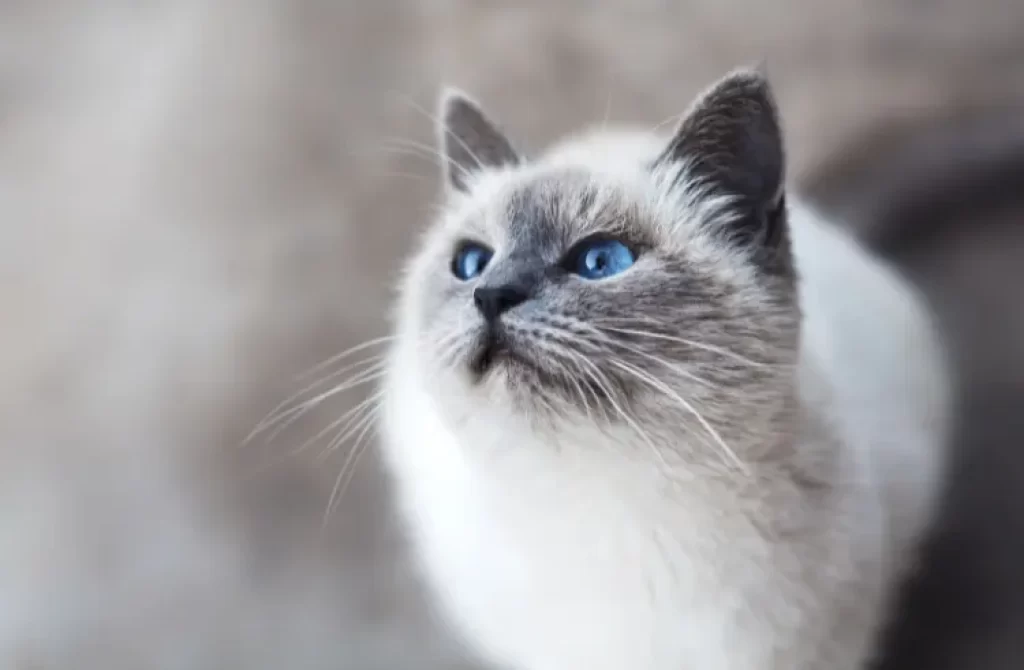
The average life expectancy of an indoor cat is generally longer than that of an outdoor cat. Indoor cats can live anywhere from 13 to 17 years or even longer, depending on their breed and overall health.
By keeping cats indoors, they are protected from a range of potential dangers, such as traffic accidents, fights with other animals, exposure to diseases, and other hazards.
However, it’s important to provide indoor cats with proper nutrition, exercise, and regular veterinary care to ensure they live a healthy and happy life.
Is 17 years old old for a cat?
Yes, 17 years old is considered old for a cat. In general, cats are considered to be seniors around the age of 7-10 years old.
At this point, they may start to show signs of aging such as decreased activity, changes in appetite or weight, and developing health issues like arthritis or dental problems.
However, with proper care and attention, cats can continue to live happy and healthy lives well into their senior years.
Learn interesting facts about the lifespan of domestic cats
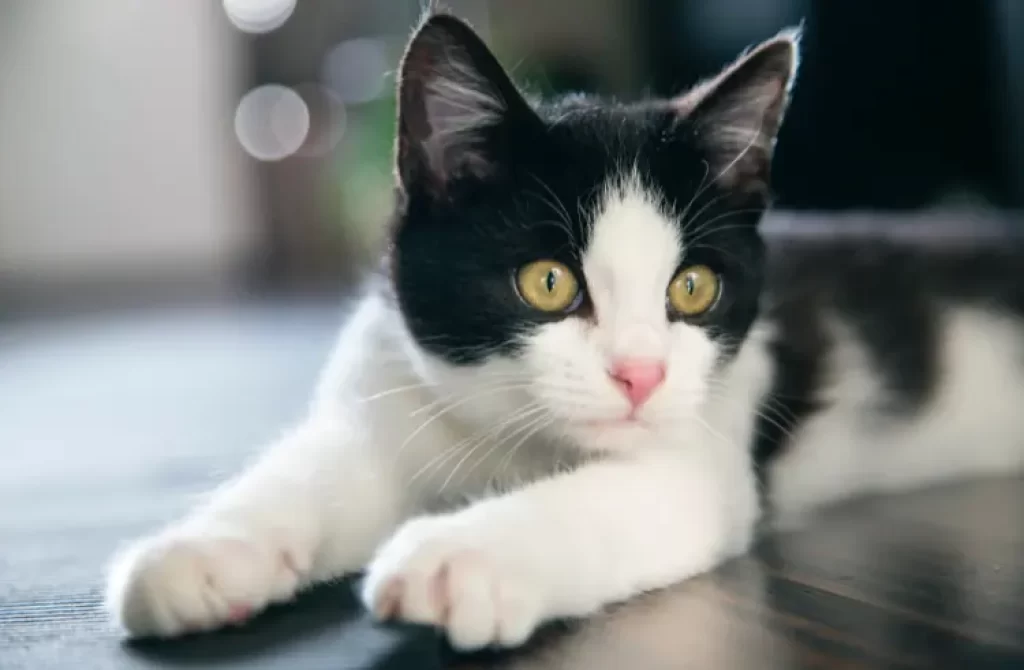
If you’re a cat lover, you may be curious about how long your furry friend can live. Domestic cats can live for many years, and there are many interesting facts about their lifespan that you may not know.
Additionally, you may be interested in learning about the oldest cat ever recorded, which holds a place in the Guinness World Records.
In this section, we will explore these topics in more detail, so you can gain a better understanding of the lifespan of domestic cats and the incredible longevity of some of our feline friend
How to calculate the age of cats in human years?
Contrary to popular belief, each year of a cat’s life is not equivalent to seven human years. According to experts, at six months old, a cat’s human age is approximately nine years old.
At 12 months old, a cat can be considered to have a human age of 15, which is equivalent to the teenage years of a human.
For a more accurate calculation, it is recommended that between the 8th and 12th months of a cat’s life, each month of feline age should be considered as two human years.
After that, the count should only be continued once the cat reaches two years old. From then on, four human years should be added for each year of the cat’s life.
How to tell a cat’s age?
Identifying a cat’s age can be difficult, but it is possible to determine their age range by analyzing their physical and behavioral characteristics.
Newborn kittens are fragile and unable to do anything on their own, including opening their own eyes.
Up until their first year, kittens exhibit typical kitten behaviors. Their baby teeth begin to fall out and their permanent teeth start to come in. Their body develops and grows until they reach adult size, and they exhibit clear signs of sexual maturity.
Around four years of age, a cat’s gums start to develop some pigmentation and their teeth begin to show wear.
As they reach adulthood, cats may become less energetic, leading to increased eye discharge since they spend much of the day sleeping.
By examining a cat’s physical characteristics and behavior, it is possible to make a rough estimate of their age.
However, it is always best to consult with a veterinarian for a more accurate determination of a cat’s age.
The longest living cat in history
The record for the longest living cat in history belongs to Creme Puff, who lived to be 38 years old. Creme Puff, who was born in August 1967 and was a mixed-breed cat, is listed in the Guinness Book of World Records.
When Creme Puff’s owner was asked about the secret to her longevity, he showed his house, which was filled with tunnels, suspended walkways, scratching posts, and many other activities that any cat would love.
Another long-lived cat that captured the internet’s attention in 2018 was Rubble, who celebrated his 30th birthday. Unfortunately, Rubble passed away just before his 32nd birthday in 2020, but he left behind many memories and a lesson on how it’s possible to cultivate a long-lasting friendship by positively enhancing a cat’s quality of life.
World’s oldest cat
At nearly 27 years old, Flossie has been officially recognized as the oldest living cat in Britain. Despite being visually and hearing impaired, Flossie remains playful, curious, and in good health.
Throughout her long life, Flossie has lived in various homes and is currently with her loving owner, Vicki. Flossie is a gentle, brown and black kitty who loves cuddles and food. She enjoys napping by her owner’s side, wrapped in her favorite yellow blanket, and never turns down a good meal.
Flossie’s record-breaking journey began when she was handed over to Cats Protection, a leading cat welfare charity, in August 2022. Her vet records revealed that she is approximately 120 years old in cat years. Naomi Rosling, Cats Protection’s Branch Co-ordinator, was amazed by Flossie’s age and called it an incredible discovery.
Final thoughts
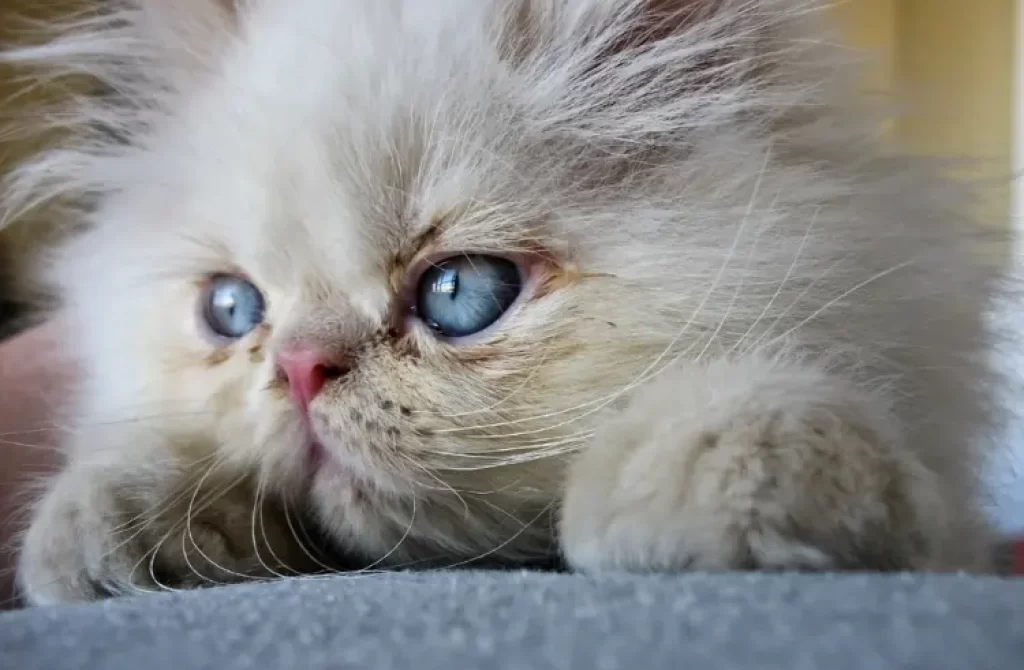
Now that you know how to extend your feline friend’s life, it’s time to put that knowledge into practice! Proper medical care is essential in this process and may be the most critical factor.
There are many factors that can contribute to a cat’s low life expectancy, but with proper monitoring and adjustments, you can create a healthy living environment for your cat.
It’s important to note that a cat’s breed doesn’t have as much influence on their lifespan as environmental factors.
Therefore, adopting street cats is highly recommended. Not only will you provide a loving home for the cat, but it also helps prevent the uncontrolled growth of the cat population, which leads to high mortality rates, accidents, and violence.
If you’re interested in learning more about feline health and care, we encourage you to check out our other articles on the subject.
By educating ourselves and others, we can make a positive impact on the lives of our feline friends.
We also invite you to share this information with other cat owners and enthusiasts.
By spreading knowledge and awareness, we can create a community dedicated to promoting the health and well-being of our beloved cats. Together, we can help our feline friends live long and happy lives.
FAQ
Is a 9 year old cat old?
A 9 year old cat is considered to be a mature adult cat. In human years, this would be roughly equivalent to a person in their mid-50s.
While a 9 year old cat is not considered to be “old” in the same way that a cat in its late teens or early twenties might be, it’s still important to provide them with proper nutrition, exercise, and regular veterinary care to ensure they remain healthy and happy throughout their adult years.
How old is a 13 year old cat in human life?
A 13 year old cat is generally considered to be a senior cat, and in human years, this would be approximately equivalent to a person in their mid to late 70s.
How old is 16 years in cat life?
A 16 year old cat is considered a senior and equivalent to a human in their early 90s, but cats can age differently based on factors such as breed, genetics, and health
How old is 260 years in cat life?
It’s difficult to give a precise answer as cats typically do not live beyond 25-30 years, and there are no known cases of cats living beyond 36 years.
However, if we assume that a cat can live up to 30 years, then 260 years in cat life would be equivalent to more than 8 human lifetimes (260 divided by 30). Please note that this is a purely hypothetical calculation and not based on any actual cat lifespan data.






